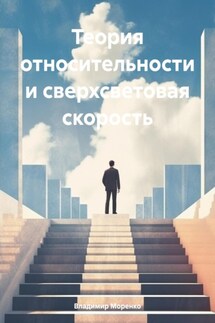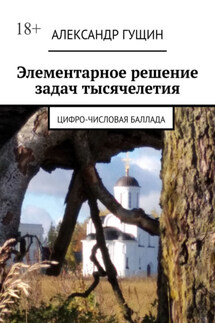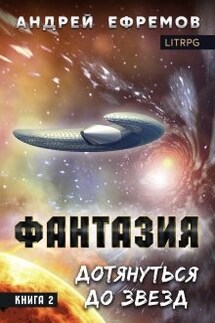All sciences. №9, 2023. International Scientific Journal - страница 8
So, when it approaches the gap, it passes through one of the slits, when its wave passes through both, as a result of which, after passing through the barrier, the particle begins to interact with the formed wave, changing its trajectory. Thus, one can clearly see how the interference pattern is formed using the example of explaining Young’s experiment with two slits by means of jumping droplets.
In addition, during the explanation of the experiment, the concept of tunneling was demonstrated, which can also be represented by jumping droplets. The fact is that any space, according to the quantum vacuum model, has an infinite number of particles that are immediately born, annihilate with each other, disappear, etc., that is, according to the quantum vacuum model, there is practically no particle – free space, from which it can be concluded that in order for a particle to be able to overcome no matter how small the distance, it needs energy through which it could overcome this distance, but it also happens that a particle overcomes the same distance without practically losing energy, which is called tunneling.
In this case, there is a barrier in front of the particle that is moving, which it must overcome by making a certain leap through it, but without expending energy to overcome it. Surprisingly, this effect can also be represented in the form of a drip model, according to which, if a certain wall is placed in front of a drop, then each time it will try to jump over it, but it will not work, however, at a certain moment, interaction with its own standing wave may be sufficient to obtain additional energy and to overcome the barrier. In such a phenomenon, the probability is surprisingly determined in the macrocosm in the same way as it is determined in the quantum measurement and description of the phenomenon of quantum tunneling of particles.
Moreover, the generality of the described phenomena for a wide variety of particles, from elementary particles to ions, is important, which in a sense makes the droplet model of demonstration almost universal. However, a large number of phenomena still remain unexplained, which means that not a few works should be done on the basis of available data and the drip model, as one of the most progressive analogies, will have to overcome quite a few tests on the way to achieving the goals set.
The literature used
1. Boyarkin, O. M. Particle Physics – 2013: Quantum electrodynamics and the Standard Model / O. M. Boyarkin, G. G. Boyarkina. – M.: CD Librocom, 2015. – 440 p.
2. Boyarkin, O. M. Particle Physics – 2013: from electron to Higgs boson. Quantum theory of free fields / O. M. Boyarkin, G. G. Boyarkina. – M.: Lenand, 2018. – 296 p.
3. Boyarkin, O. M. Particle physics – 2013: Quantum electrodynamics and the Standard model / O. M. Boyarkin, G. G. Boyarkina. – M.: CD Librocom, 2016. – 440 p..
4. Voronov, V. K. Physics at the turn of the millennium: Physics of self-organizing and ordered systems. New objects of atomic and nuclear physics. Quantum information / V. K. Voronov, A.V. Podoplelov. – M.: KomKniga, 2014. – 512 p.
5. Gribbin, J. In search of Schrodinger’s cat. Quantum physics and reality / J. Gribbin. – M.: Ripoll-classic, 2019. – 352 p.
6. Zhuravlev, A. I. Quantum biophysics of animals and humans: A textbook / A. I. Zhuravlev. – M.: Binom. Laboratory of Knowledge, 2011. – 398 p.






